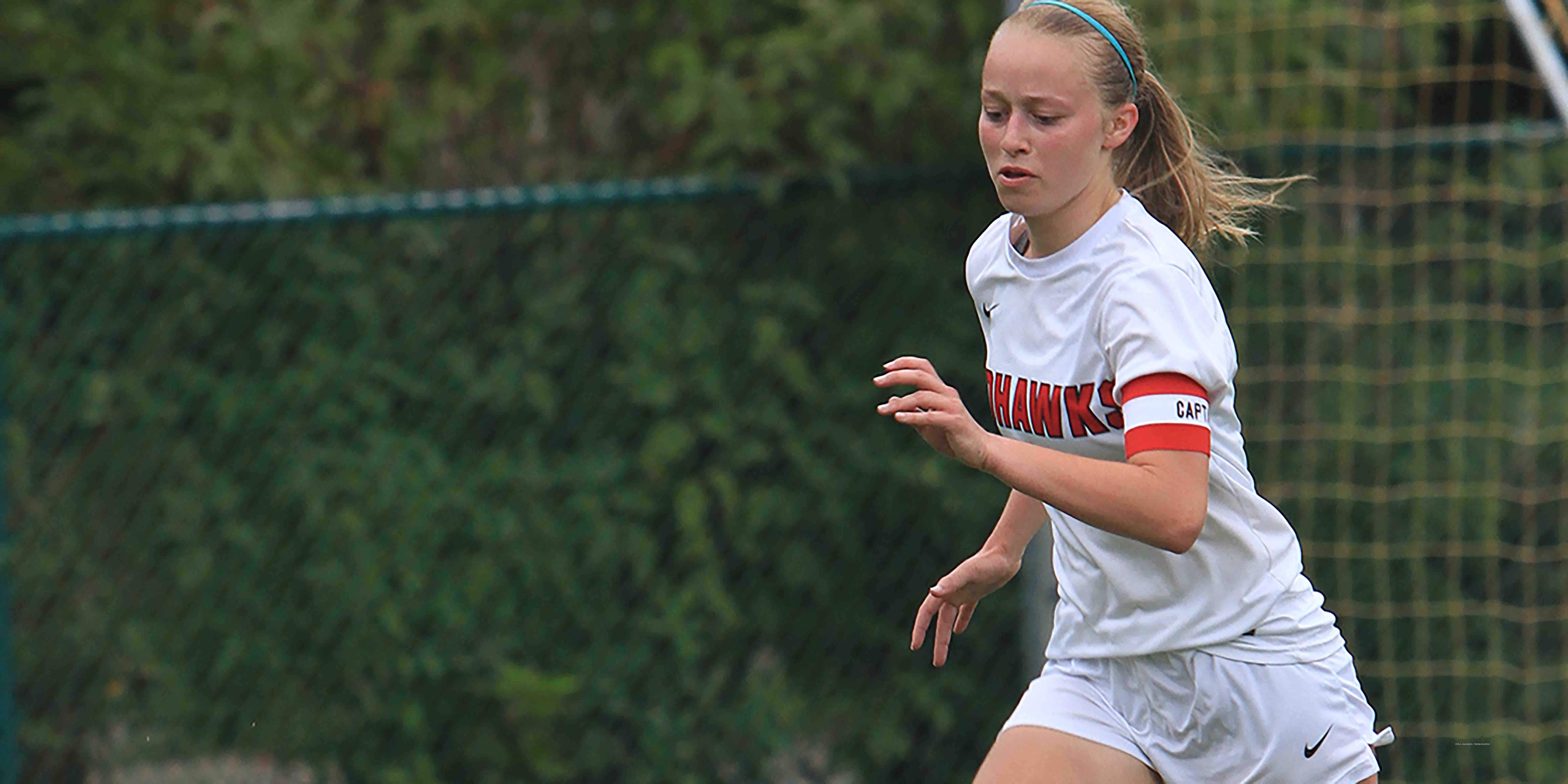Soccer dispute causes concern for women
In the 10 seconds it takes to read this sentence, Clint Dempsey, forward for United States Men’s National Soccer Team (USMNT), will have made $1.46. In those same 10 seconds, Alex Morgan, forward for the United States Women’s National Soccer Team (USWNT), will have made only 14 cents.
Soccer is known as a gender neutral sport, and is in fact one of the most popular sports across the world. While both men and women are equally allowed to play the sport, the pay between the two genders is vastly different.
The US women’s national team has won three World Cups since the tournament was created in 1992, while the US men’s national team has yet to advance past quarterfinals. The women’s team has won four Olympic gold medals while the men have won zero. There is a clear distinction between the success of the male and female US soccer teams, so why is the pay tipped in the wrong direction?
“I think soccer is the most perplexing pay gap to me,” AP Economics teacher David Hoffner said. “I think the women are amazing, and with this sport, you can’t make the case that ‘soccer is a men’s sport.’ It’s not the same thing as a women’s football league, where it’s something different from the norm of football. Soccer is something that everyone has seemed to have played. For women to be that successful and be paid so little, to me, makes absolutely no sense.”
When it comes to receiving paychecks from the U.S. Soccer Federation, each player on the USWNT will earn $99,000 if the team wins all 20 exhibition matches, or friendlies, which is the minimum amount of matches they would play. Contrary to the women’s pay, the USMNT will earn $263,320 for the same achievement. In fact, if the men were to lose all 20 games, they would still be paid $100,000, an amount higher than the total the women are paid for winning.
“A lot of times people use the excuse that the USWNT does not draw the same attention that the men do, or that they don’t bring in money for the federation and that that is why they aren’t paid as much,” senior varsity soccer captain Grace Diersen said.
“However, the 2015 Women’s World Cup final that they played in and won against Japan set the record for the most watched soccer game in American history, and was watched by over 27 million fans in the US alone,” Diersen said. “It was viewed by more people than the 2015 World Series Final, NBA Final and the USMNT World Cup final.”
The harsh reality is that the drastic pay gap affects younger players as well as professionals.
“I’ve been playing soccer since I was four, and it is a big part of my life,” Diersen said. “For a long time, it was my dream to play professionally. I was on a team and I had a friend who said ‘There is no point for me to even try to play because there is no where to go with this when I’m older.’ For anyone to want to go pro, they’d have to have a strong enough passion for it, so that the pay gap won’t bother them, which is the sad reality.”
Five members of the USWNT have chosen to take legal action, attempting to sue the federation because they feel as if they are being cheated out of a salary well deserved, claiming that women on the national team make about 40 percent of what the USMNT team make.
“It’s extremely frustrating to me because in a society built on equality, the lack of willingness to address the issue and promote change from the people who have that power is beyond me,” senior varsity soccer captain Sophie Olson said. “When the USWNT filed a wage discrimination complaint to the US Soccer Federation,” Olson said, “the Federation was annoyed, and did not make any changes.”
There is no clear answer or solution to the obvious inequality of the federation. However, there are steps that a community can take as a whole to approach the issue.
“This isn’t a problem that can be solved by one person,” Olson said, “but being informed and promoting open dialogue and discussion, as well as being open to other viewpoints, will really make all the difference.”

